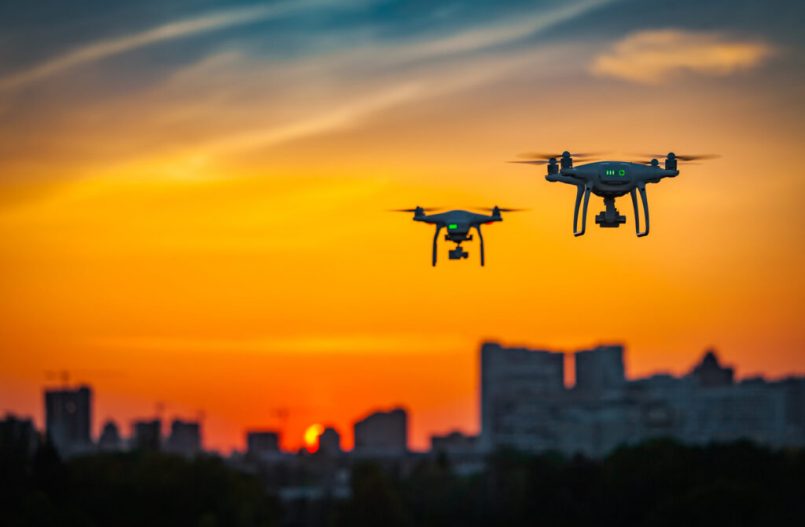Aerial cinematography has redefined the way we perceive and capture landscapes. Drones have opened up a world of possibilities, allowing filmmakers and photographers to capture breathtaking vistas from unique perspectives. In this blog post, we’ll delve into the art and techniques of aerial cinematography, exploring how to capture stunning landscapes with drones and create cinematic masterpieces.
1. Choosing the Right Location: Start by discussing the importance of scouting and selecting the right location. Highlight the significance of choosing landscapes with interesting features, such as mountains, lakes, coastlines, or urban skylines. Provide tips on researching potential shooting locations and the role of lighting conditions in enhancing the visual impact.
2. Preparing for the Flight: Detail the essential pre-flight preparations that ensure a successful aerial shoot. This includes checking weather conditions, battery levels, and updating firmware. Emphasize safety practices and the importance of conducting a thorough pre-flight checklist to avoid technical issues during filming.
3. Composing Aerial Shots: Dive into the principles of composition specific to aerial cinematography. Discuss the rule of thirds, leading lines, and framing techniques that help create visually engaging shots. Provide examples of how different compositions can evoke specific emotions or draw attention to key elements in the landscape.

4. Camera Settings and Gear: Share insights into optimal camera settings for capturing stunning landscapes from the sky. Discuss the use of manual mode, aperture, shutter speed, and ISO settings to achieve the desired visual effects. Recommend appropriate lenses and filters to control exposure and enhance image quality.
5. Capturing Motion: Explore techniques for adding dynamic motion to aerial shots. Discuss the use of slow and fast movements, including pans, tilts, and tracking shots, to create cinematic sequences that draw viewers into the landscape. Mention the importance of smooth and controlled movements using gimbal stabilization.
6. Golden Hour and Lighting: Highlight the magical moments of golden hour and discuss how the quality of light during sunrise and sunset can transform aerial footage. Provide tips for leveraging different lighting conditions to capture landscapes with depth, texture, and vibrant colors.
7. Post-Production Magic: Guide readers through the post-production process for aerial footage. Discuss video editing software and techniques for color grading, contrast enhancement, and adding atmospheric effects to elevate the visual impact of the footage.
8. Soundtrack and Audio Integration: Explain the role of sound in creating an immersive experience. Discuss options for incorporating ambient sounds or selecting the perfect music track to complement the mood and tempo of the landscape footage.
9. Sharing Your Aerial Cinematography: Offer advice on how to effectively share your aerial cinematography with the world. Discuss platforms such as social media, video-sharing websites, and film festivals that provide opportunities to showcase your work and connect with a broader audience.
Aerial cinematography with drones allows us to capture landscapes in ways that were once unimaginable. By understanding the art of composition, mastering camera settings, and embracing the possibilities of motion, filmmakers and photographers can create breathtaking visual stories that evoke emotions and inspire audiences. As you embark on your aerial cinematography journey, remember that each flight offers a chance to capture the beauty of our world from a truly unique perspective.



Recent Comments